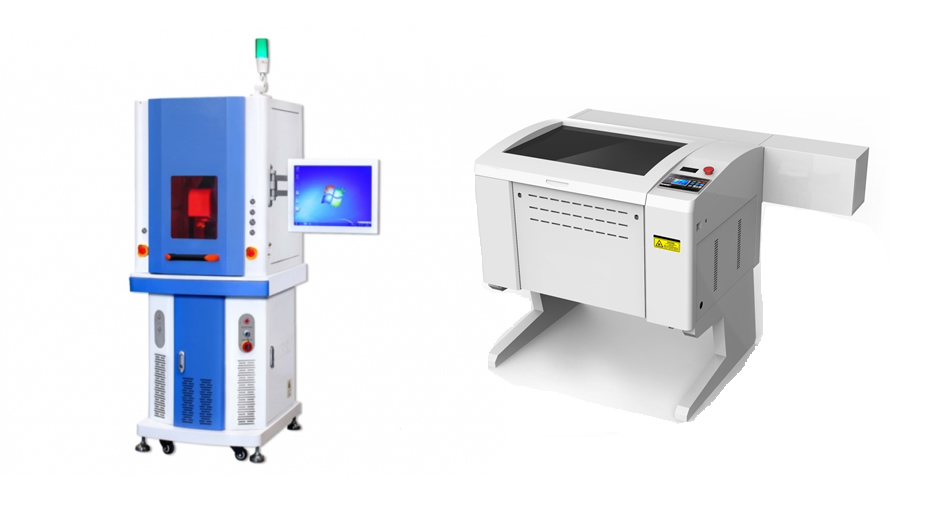Laser Marking and Laser Engraving: differences and similarities

Laser marking and laser engraving are often perceived as synonyms, but they are two different processes. Let's explore the differences and similarities together.
Both processes are used to imprint a permanent mark on a surface using a laser beam.
Additionally, laser markers and engravers require a high level of control to achieve high-quality results, and both processes are ideal for custom applications in both production and art.
These processes continue to play a fundamental role in a variety of industries: the choice between the two depends on the specific application and the needs of the product or object in question.
Now let's clarify the differences: marking focuses on creating surface marks mainly for identification, while engraving penetrates deeper into the material and is used for decorative or personalization purposes.
Laser Marking: Features and Benefits
Laser marking is a process that uses a laser beam to create a permanent mark on materials such as metals, plastic, ceramic, glass, and many others. This technique is widely used to apply serial numbers, barcodes, logos, and other information on industrial products, components, and electronic devices.
When energy transforms into heat, it raises the material's temperature until it reaches its melting point, making the surface malleable and allowing its shape to change.
Here are some key features of laser marking:
- Surface-level: Laser markers create a marked surface without deeply penetrating the material, allowing objects to be marked without structural damage.
- Speed: It is a fast and efficient process, ideal for large-scale production.
- Precision: The precise control of the laser enables the creation of high-quality marks with fine details.
- Variety of materials: It can be used on a wide range of materials, including metals, plastic, glass, and ceramic.
Laser Engraving: Features and Benefits
Laser engraving is a process that involves using a laser beam to remove material from a surface, creating grooves or cuts. This process is often used for decorating and personalizing objects. The parameters that control the amount of energy emitted, such as speed and line spacing, which regulate the distance between pulses, are related to the energy emitted. Laser engraving technology is characterized by closer pulses compared to laser marking, meaning it requires more energy than marking. Consequently, it is slower, but there are other features that make it an attractive solution:
- Depth: Unlike laser marking, engraving penetrates more deeply into the material to create cuts.
- Detail: It is a suitable technique for creating complex and intricate details.
- Personalization: This process is used in artistic production and in the decoration of items such as jewelry, furniture, gadgets, and gifts.
- Variety of materials: Laser engravers can be used on wood, leather, fabric, glass, and acrylic.


